About .sage file ransomware
.sage file is the file extension added to files encrypted by Sage ransomware. The ransomware will encrypt your files and then demand that you pay a ransom to get them back. Ransomware viruses are the most dangerous kind of viruses because getting infected is very easy and it could have disastrous consequences.
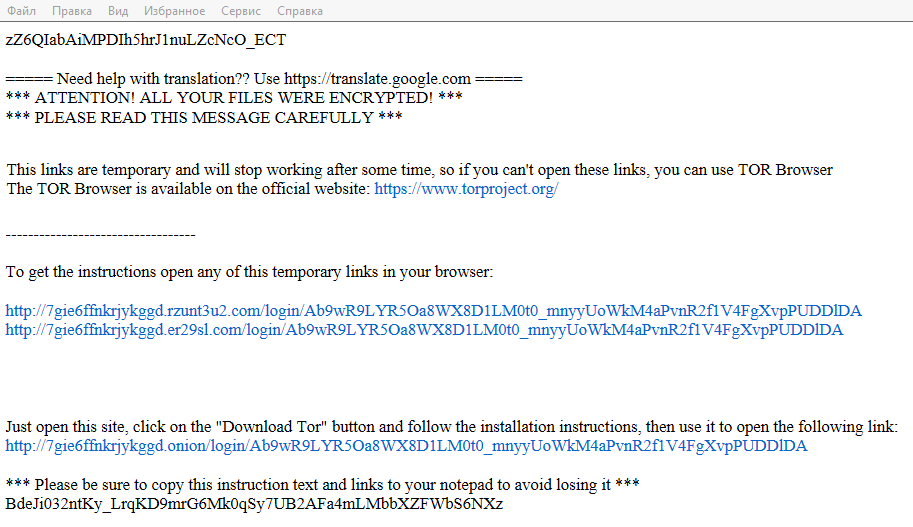
Users usually get infected when they open malicious email attachments, fall for fake downloads and enter questionable web pages when their software is not up-to-date. Once the files are encrypted, you will be asked to pay a certain amount of money to be able to decrypt them. We never suggest paying the ransom as the cyber criminals will most likely not decrypt your files even if you pay. We strongly suggest you remove .sage file ransomware instead of complying with the demands. And you can get you files back from backup after you delete .sage file ransomware.
Why is .sage file ransomware so dangerous?
Ransomware usually spreads via spam email attachments, fake downloads and exploit kits. Security specialists have been warning users for years about the dangers of carelessly opening email attachments from users they do not know. Even if the sender claims to be from a legitimate company or a government organization, be cautious. Become familiar with the tactics malware developers use to fool users into opening the email attachments. You should also refrain from downloading anything from unreliable sources. If you do not use legitimate/official pages to download what you need, you are risking getting infected with malware. It is also essential that you keep all your software up-to-date so that malware would not be able to take advantage of vulnerabilities on your computer and enter.
This ransomware will start encrypting your files as soon as it enters your computer. It uses a strong encryption algorithm and all affected files will have the .sage file extension. You will then see a ransom note which will direct you to your account. You are asked to pay a ransom of 0.7 Bitcoin (around $715 or €660). Supposedly, your files would be then decrypted. This is unlikely, the more probable scenario involves the criminals taking your money and not providing you with a decryption key. Unfortunately, there is no other way to restore the files. This is why backup is essential, had you had it, you would not need to worry about encrypted files because you can get them back anytime. Do not give into the demands as you would be supporting criminals and their future projects. Instead, delete .sage file ransomware.
.sage file ransomware removal
You will need to get anti-malware software if you want to safely remove .sage file ransomware. Manual .sage file ransomware removal would be too complex for the regular user so we do not recommend it. After you erase .sage file ransomware, you can restore your files from backup. And if you do not have it, we suggest you invest in it.
Offers
Download Removal Toolto scan for .sage File VirusUse our recommended removal tool to scan for .sage File Virus. Trial version of provides detection of computer threats like .sage File Virus and assists in its removal for FREE. You can delete detected registry entries, files and processes yourself or purchase a full version.
More information about SpyWarrior and Uninstall Instructions. Please review SpyWarrior EULA and Privacy Policy. SpyWarrior scanner is free. If it detects a malware, purchase its full version to remove it.

WiperSoft Review Details WiperSoft (www.wipersoft.com) is a security tool that provides real-time security from potential threats. Nowadays, many users tend to download free software from the Intern ...
Download|more


Is MacKeeper a virus? MacKeeper is not a virus, nor is it a scam. While there are various opinions about the program on the Internet, a lot of the people who so notoriously hate the program have neve ...
Download|more


While the creators of MalwareBytes anti-malware have not been in this business for long time, they make up for it with their enthusiastic approach. Statistic from such websites like CNET shows that th ...
Download|more
Quick Menu
Step 1. Delete .sage File Virus using Safe Mode with Networking.
Remove .sage File Virus from Windows 7/Windows Vista/Windows XP
- Click on Start and select Shutdown.
- Choose Restart and click OK.

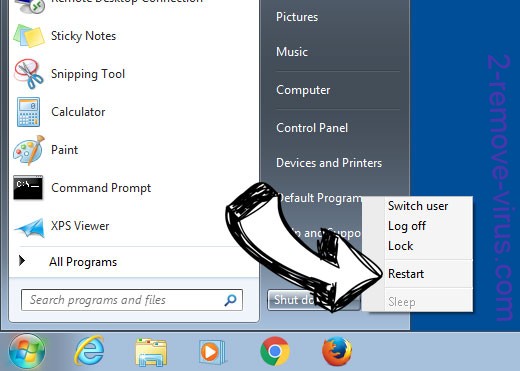
- Start tapping F8 when your PC starts loading.
- Under Advanced Boot Options, choose Safe Mode with Networking.

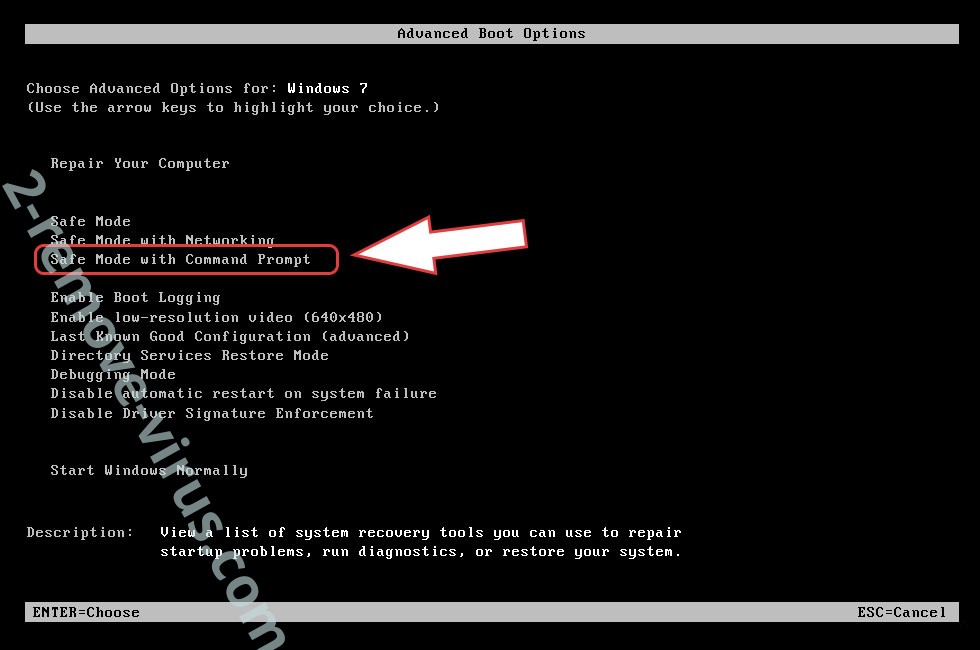
- Open your browser and download the anti-malware utility.
- Use the utility to remove .sage File Virus
Remove .sage File Virus from Windows 8/Windows 10
- On the Windows login screen, press the Power button.
- Tap and hold Shift and select Restart.

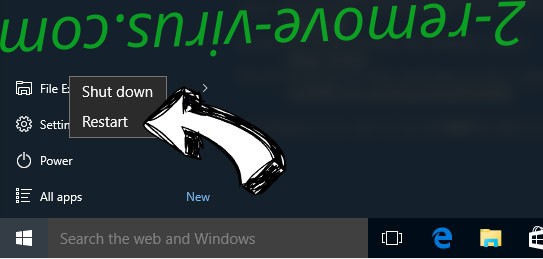
- Go to Troubleshoot → Advanced options → Start Settings.
- Choose Enable Safe Mode or Safe Mode with Networking under Startup Settings.

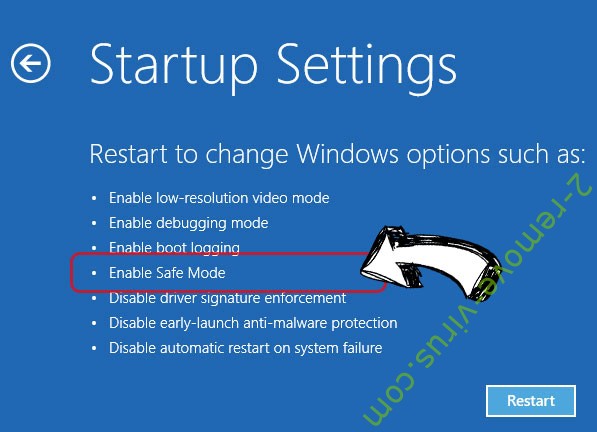
- Click Restart.
- Open your web browser and download the malware remover.
- Use the software to delete .sage File Virus
Step 2. Restore Your Files using System Restore
Delete .sage File Virus from Windows 7/Windows Vista/Windows XP
- Click Start and choose Shutdown.
- Select Restart and OK


- When your PC starts loading, press F8 repeatedly to open Advanced Boot Options
- Choose Command Prompt from the list.

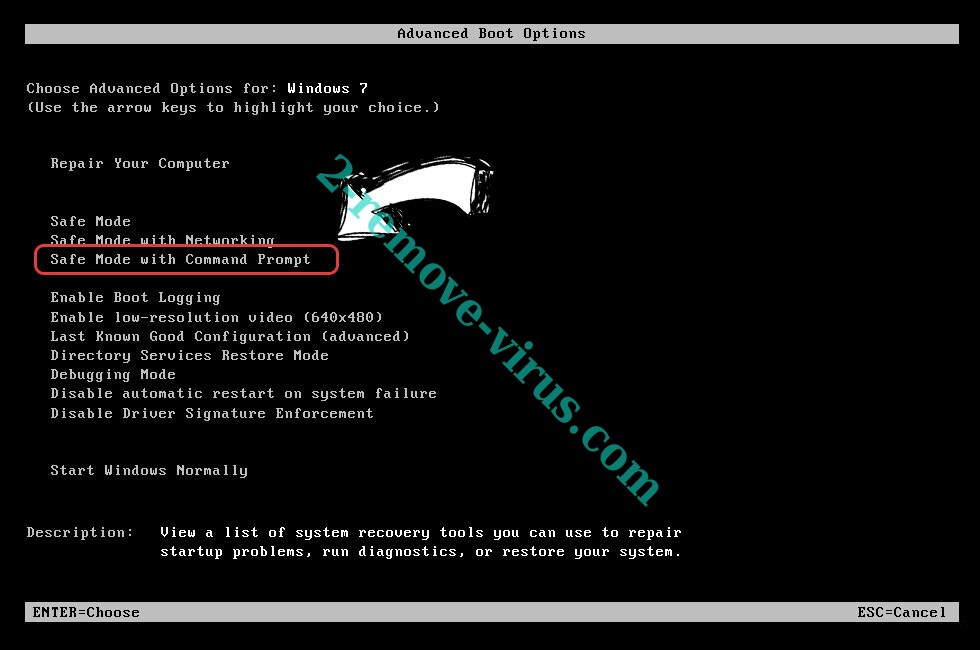
- Type in cd restore and tap Enter.

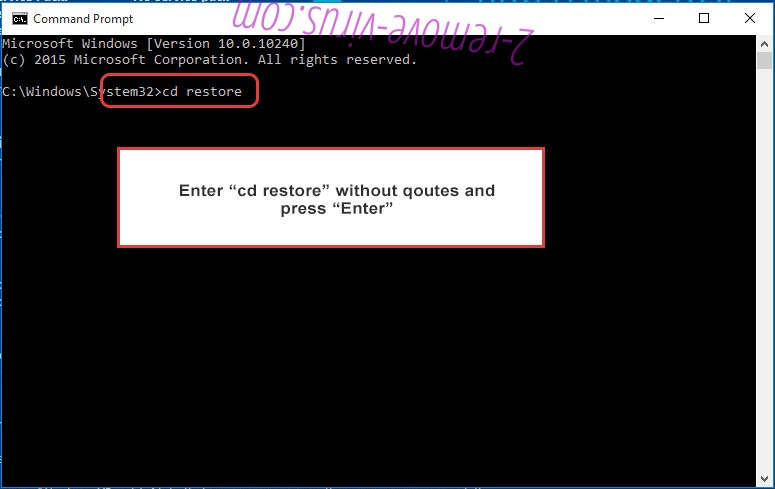
- Type in rstrui.exe and press Enter.

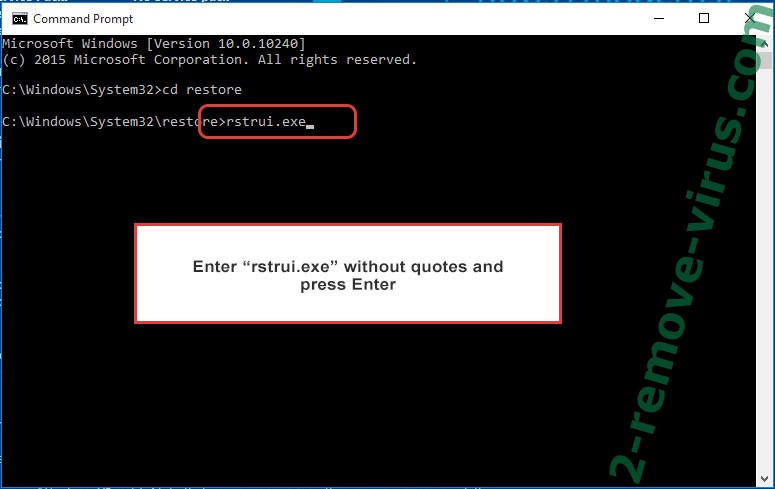
- Click Next in the new window and select the restore point prior to the infection.

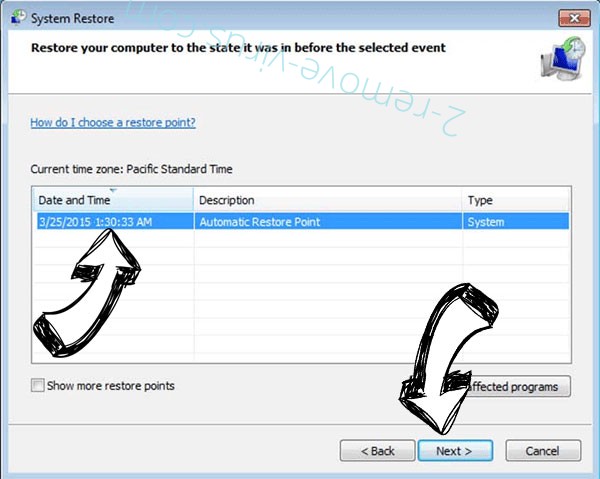
- Click Next again and click Yes to begin the system restore.

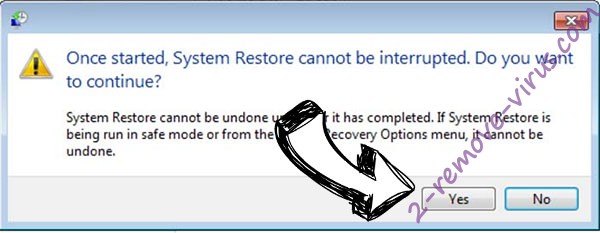
Delete .sage File Virus from Windows 8/Windows 10
- Click the Power button on the Windows login screen.
- Press and hold Shift and click Restart.


- Choose Troubleshoot and go to Advanced options.
- Select Command Prompt and click Restart.

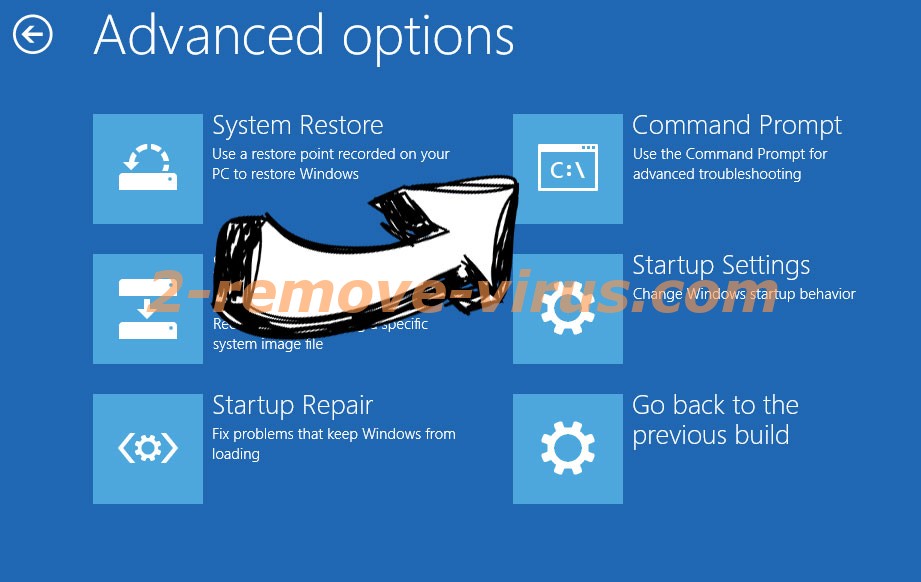
- In Command Prompt, input cd restore and tap Enter.


- Type in rstrui.exe and tap Enter again.


- Click Next in the new System Restore window.

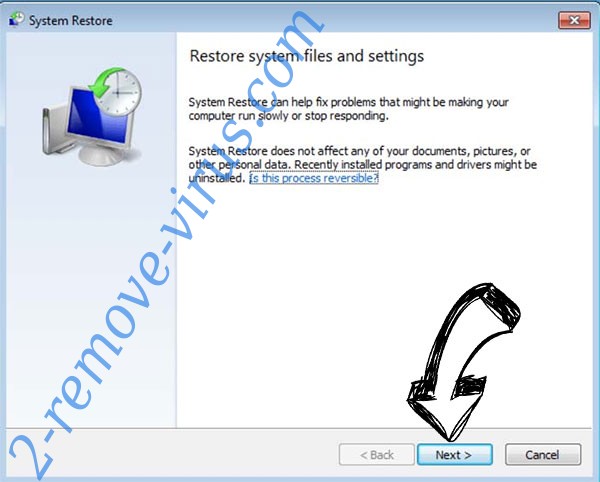
- Choose the restore point prior to the infection.


- Click Next and then click Yes to restore your system.


Site Disclaimer
2-remove-virus.com is not sponsored, owned, affiliated, or linked to malware developers or distributors that are referenced in this article. The article does not promote or endorse any type of malware. We aim at providing useful information that will help computer users to detect and eliminate the unwanted malicious programs from their computers. This can be done manually by following the instructions presented in the article or automatically by implementing the suggested anti-malware tools.
The article is only meant to be used for educational purposes. If you follow the instructions given in the article, you agree to be contracted by the disclaimer. We do not guarantee that the artcile will present you with a solution that removes the malign threats completely. Malware changes constantly, which is why, in some cases, it may be difficult to clean the computer fully by using only the manual removal instructions.
